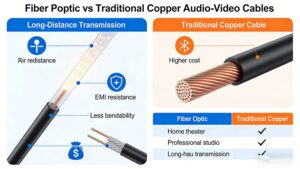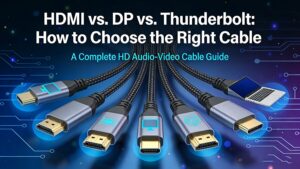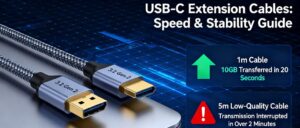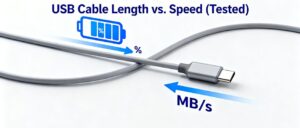
HDMI Ethernet Cables: Boost PS5/Xbox Online Stability
Why Your HDMI Cable Matters More Than You Think You’ve invested in a PS5 or Xbox Series X/S for buttery-smooth 4K gaming and seamless online battles. But if you’re still using that old HDMI cable from 2015, you might be missing out on crisp visuals, lag-free controls, and stable connections. Let’s break down how the right high-speed HDMI cable transforms your gaming experience—and which models solve common headaches like screen tearing, input lag, and choppy online play. How HDMI Cables Impact 4K 60Hz Gaming & Online Stability 1. Bandwidth: The Backbone of 4K 60Hz Clarity Not all HDMI cables are created equal. Bandwidth (data transfer speed)













